Edgar Degas
1834-1917 | French
Dancer Fastening The String Of Her Tights
Signed, Numbered, Dated, And Stamped With Foundry Mark “Degas / 33|G / 1998 / Cire C.Valsuani Perdue”
Bronze
This Graceful Little Dancer Is A Superb Example Of The Sculptural Works Created By The Great Impressionist Edgar Degas. Degas Had An Extraordinary Talent For Capturing The Natural Movements And Grace Of His Figures, Particularly In His Paintings And Sculptures Of Ballet Dancers For Which He Is Best Known. In The Present Bronze, He Uses A Dramatic, Twisting Contrapposto Pose In Order To Depict His Dancer In Motion As She Contorts Backwards To Tighten The String Of Her Tights. His Works Such As This Reveal The Mechanics Of The Ballet That Happen Beyond The Beauty On Stage, Lending His Works A Remarkable Sense Of Life And Intimacy.
Throughout His Career, Degas Became Obsessed With Capturing The Dancer In Motion, Both On Stage And In The Dressing Room. Of The Seventy-Four Wax Sculptures Created By Degas During His Lifetime, Forty Of Them Depicted Dancers. The Present Work Boasts One Of The More Original Poses From Among These – Rather Than An Arabesque, Degas Captures His Dancer Undertaking A Far More Private And Intimate Task. Unlike Some Of His Works That Depict Women Doing Their Toilette, The Bronze Is Elegant Rather Than Awkward, As Degas Transforms The Simple Act Of Tying A String Into A Pleasing And Fluid Pose.
The Work Is A Sought-After Rarity In Terms Of Degas’ Sculptures. Not Only Are His Dancers The Most Desirable Of His Work, But This Bronze Is Also Distinguished By The Fact That It Is A Valsuani Bronze, Meaning It Faithfully Records Degas’ Wax Version’S Pose As It Appeared At The Time Of Its Creation. Most Degas’ Bronzes That Are Found On The Market Were Cast By Hébrard – These Serialized Bronzes Are Surmoulages, Or “Aftercasts,” That Were Cast From The Modèle Bronzes Currently In The Norton Simon Museum (Pasadena). Because These Bronzes Are Second Generation, They Are Smaller And Far Less Detailed That The Current Bronze.
This Example, However, Was Cast By Valsuani From A Plaster That Was Taken Directly From Degas’ Waxes, According To Scholarship By The Art Historian Dr. Gregory Hedberg. These Plasters Were Created By Degas’ Sculptor Friend Albert Bartholomé Shortly After Degas Completed His Wax Figurines. Thus, They Record The Earliest Versions Of Degas’ Wax Sculptures, Before They Were Damaged By Time Or Handling, And Before Degas Himself Altered The Works. The Hébrard Bronzes, On The Other Hand, Actually Represent Degas’ Reworking Of The Original Sculptures.
Because They Are Cast Directly From The Plaster, The Valsuani Bronzes Are Also Larger, Crisper, And More Highly Defined Than The Hébrard Bronzes. Since The Original Plasters Were Discovered In The 1990S, Similar Valsuani Bronzes Have Been Exhibited Around The World, Including The Hermitage (St. Petersburg) And The Minneapolis Institute Of Art.
Original Wax Model Executed Circa 1885-1890
Bronze Cast 1998
16 5/8″ High X 8 1/2″ Wide X 7 1/2″ Deep
Sale!
Fine Art M.S. Rau | Dancer Fastening The String Of Her Tights By Edgar Degas
$87.00

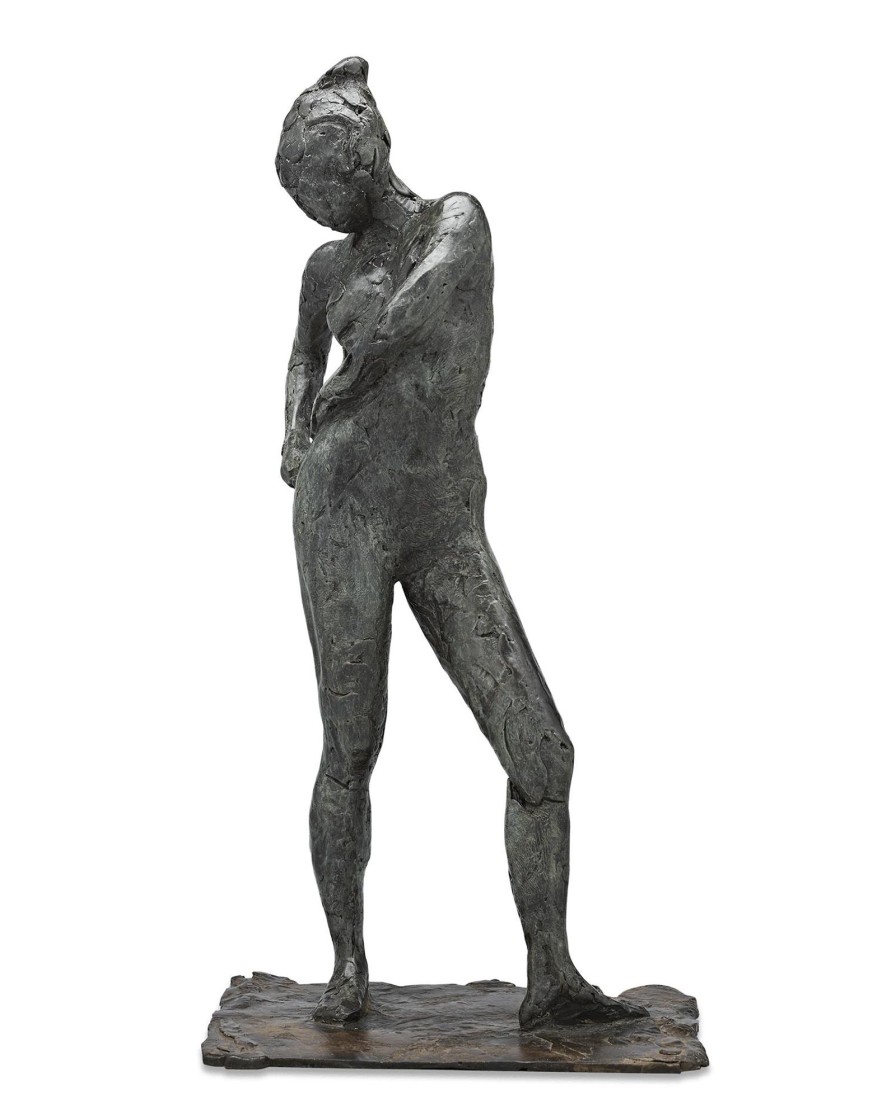
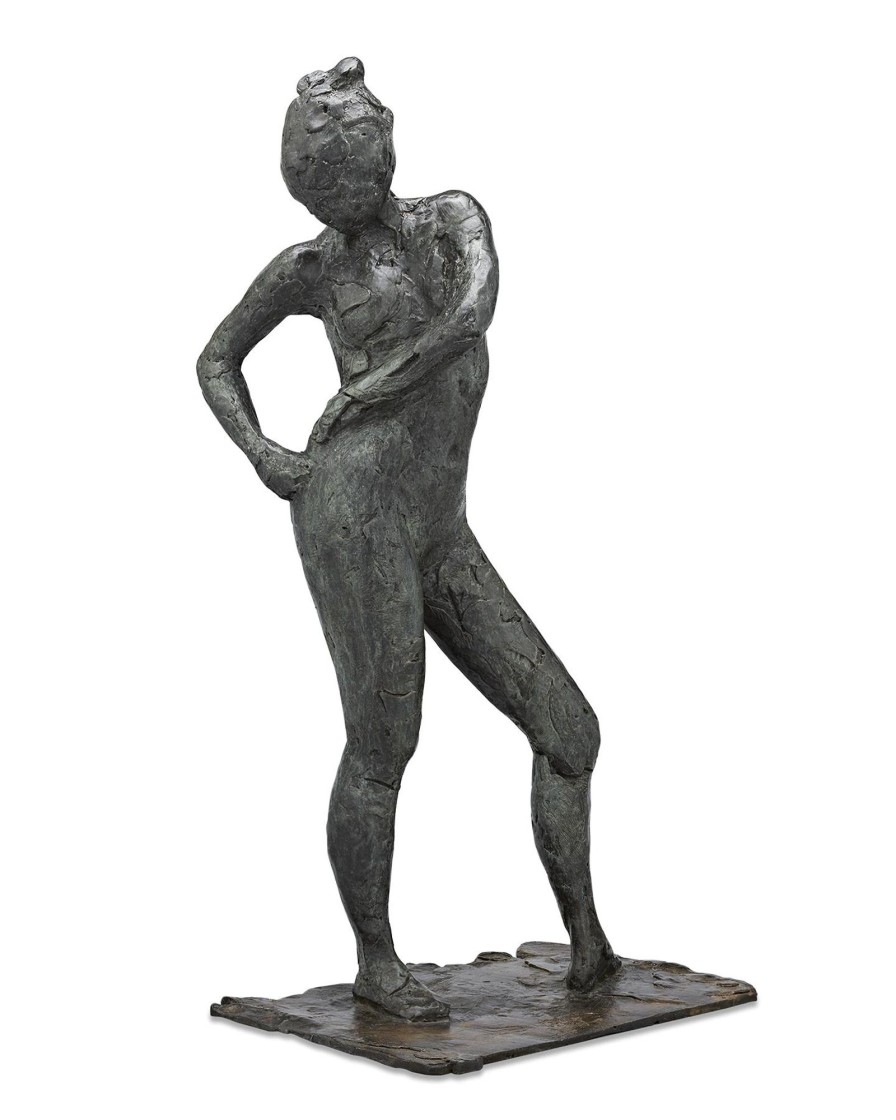
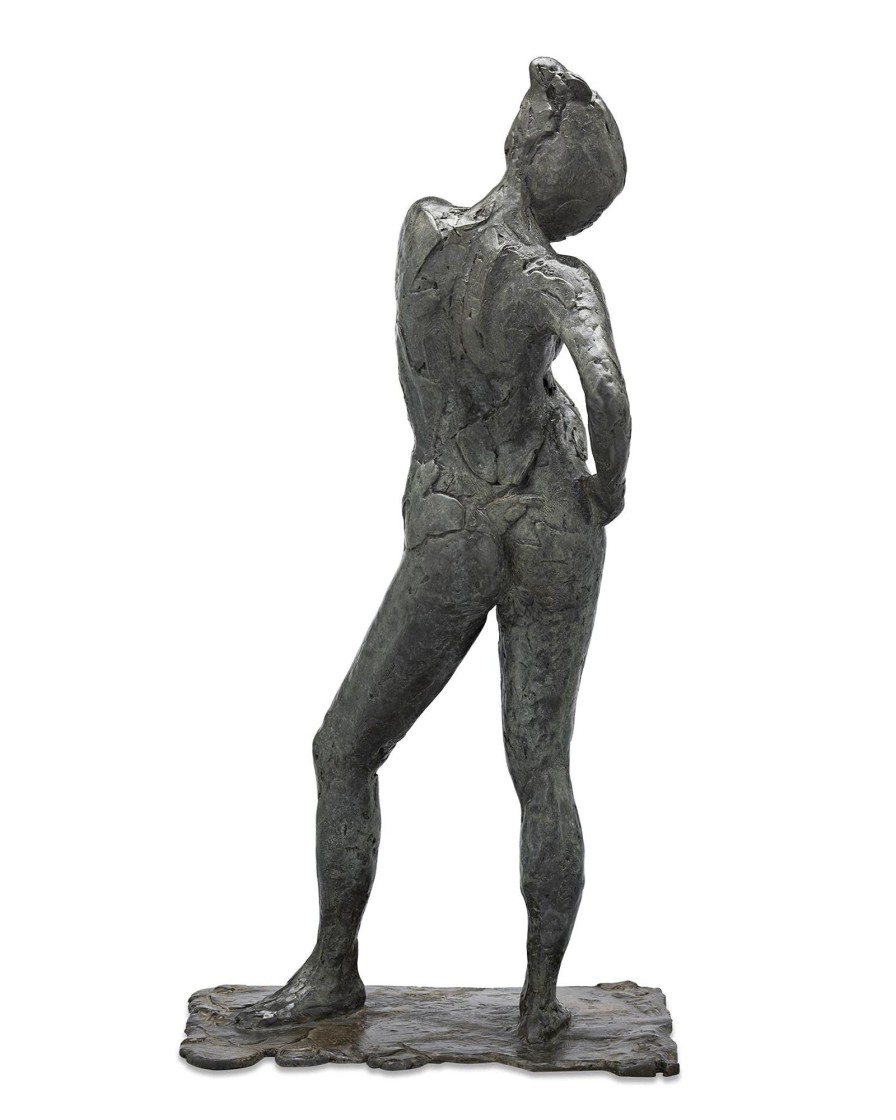
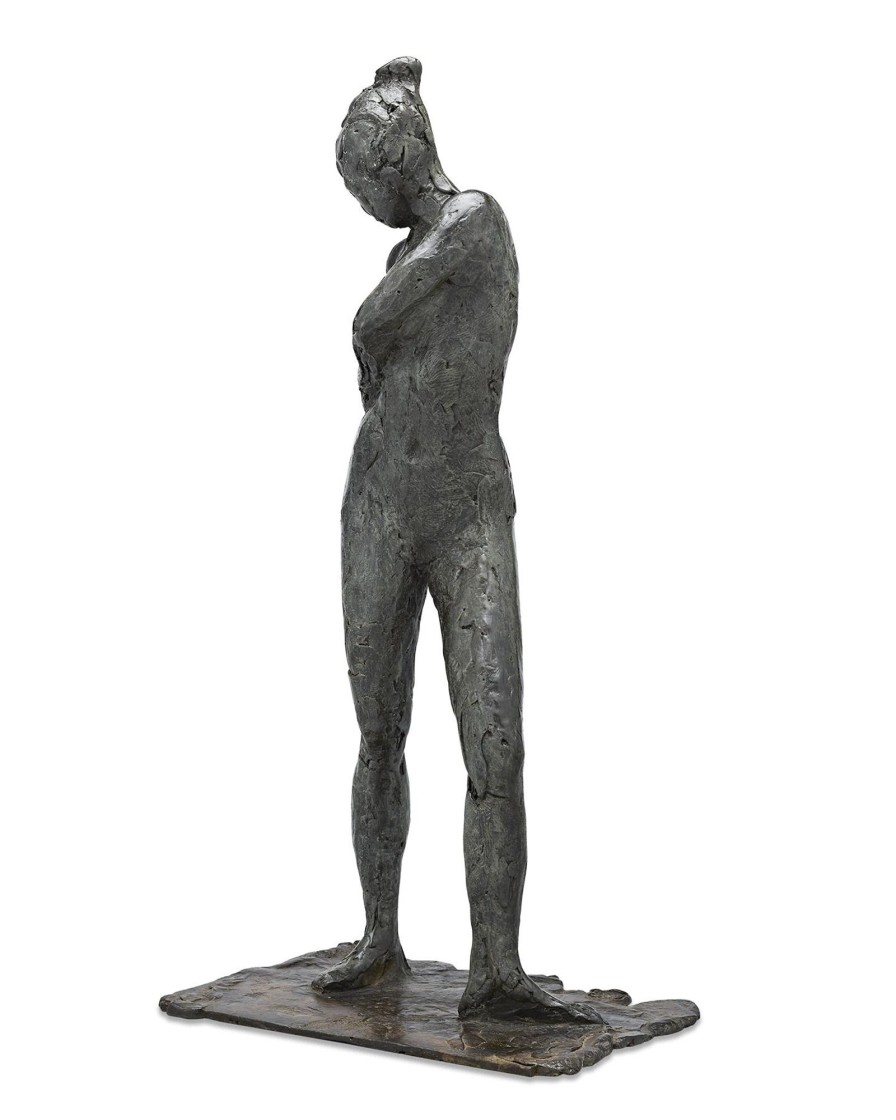

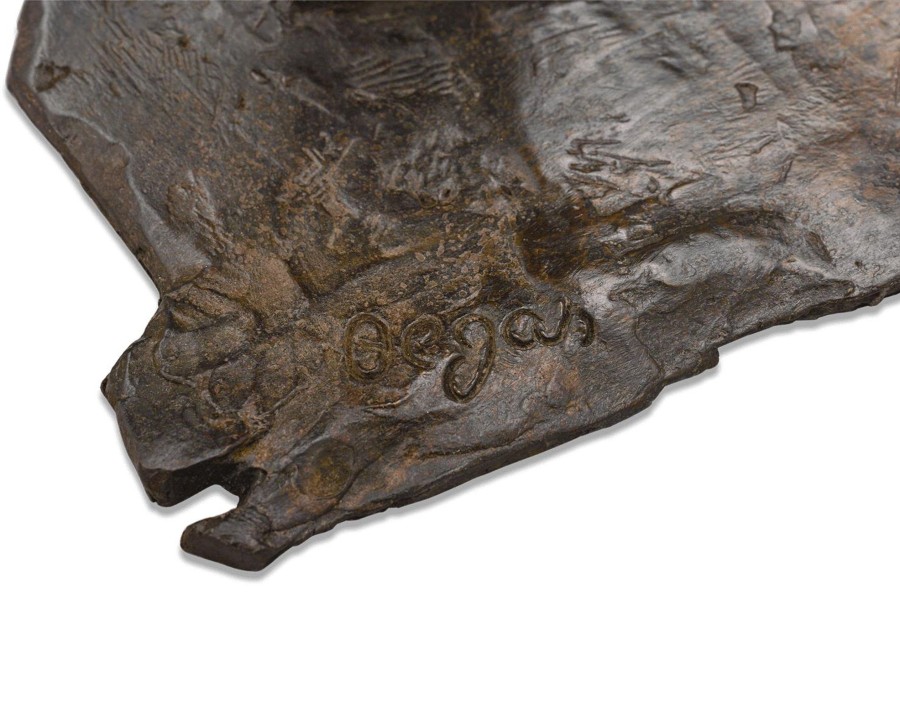
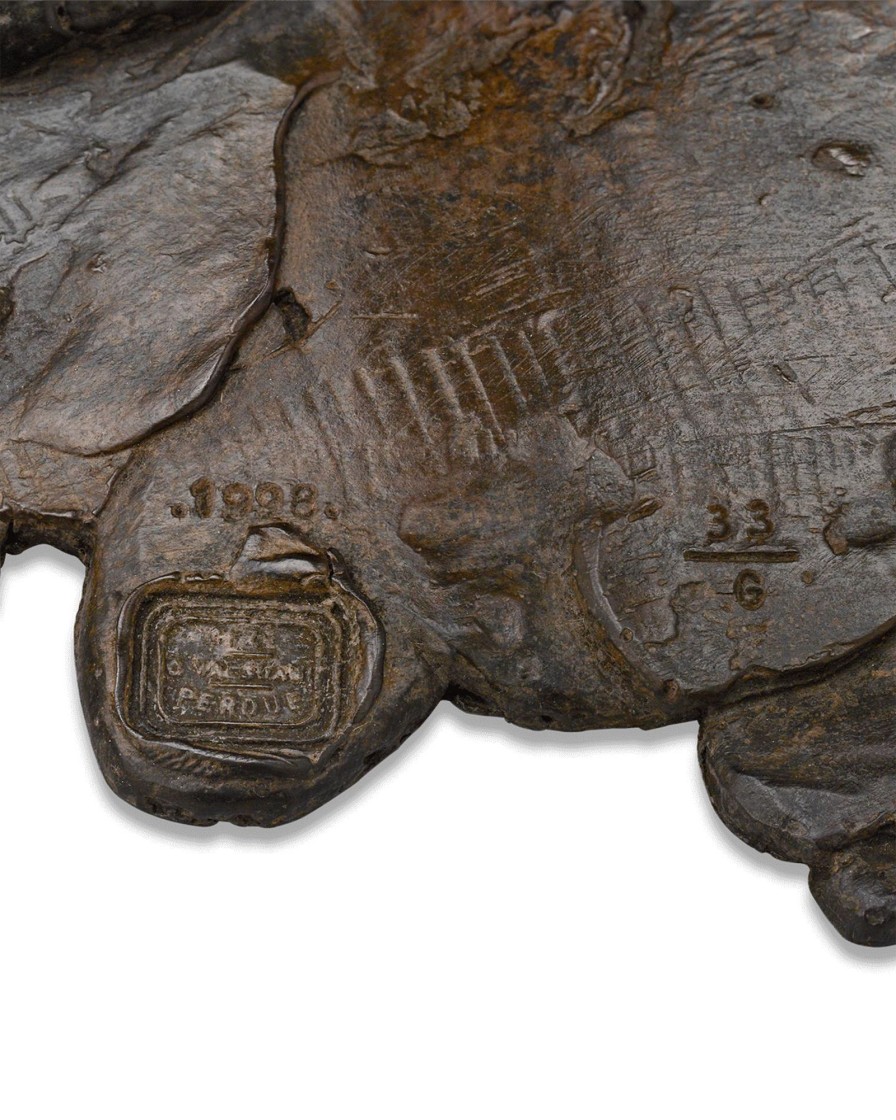



























Reviews
There are no reviews yet.